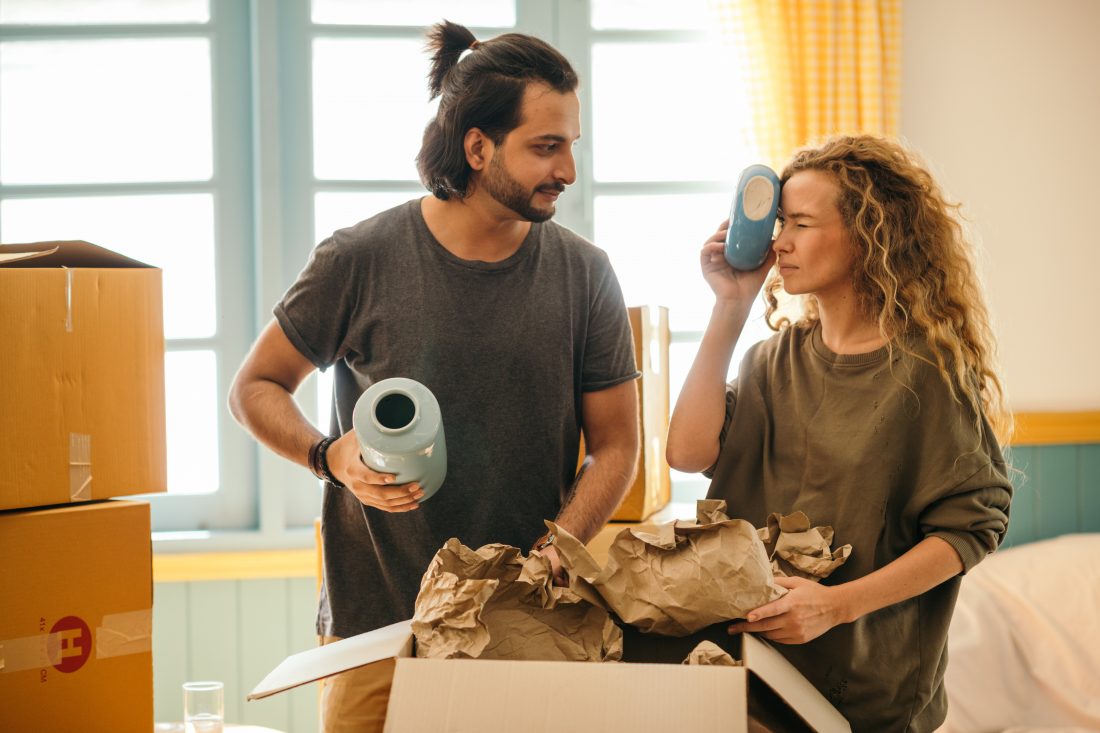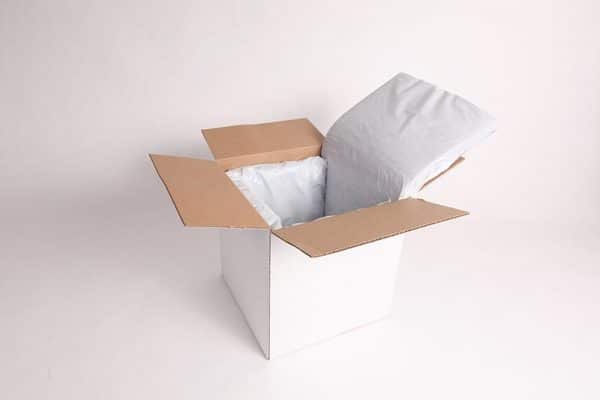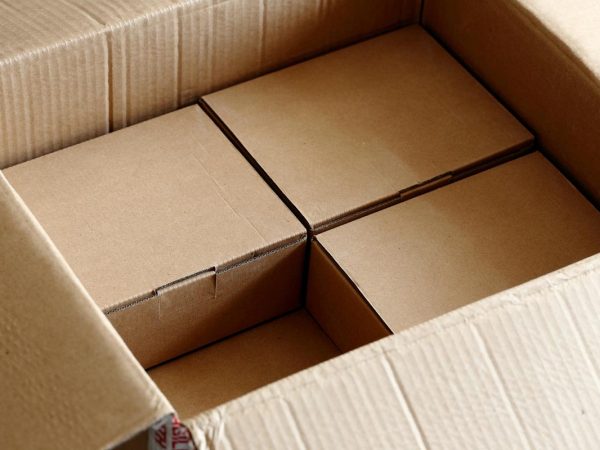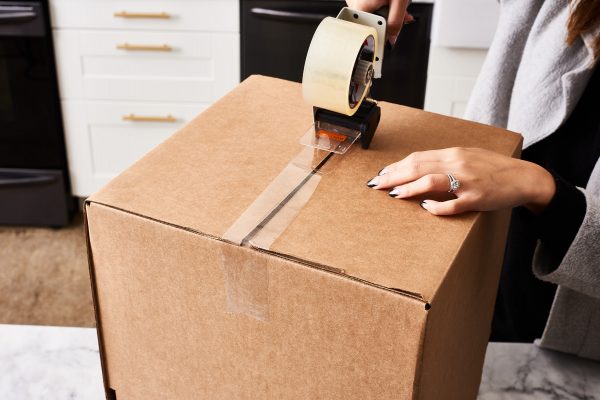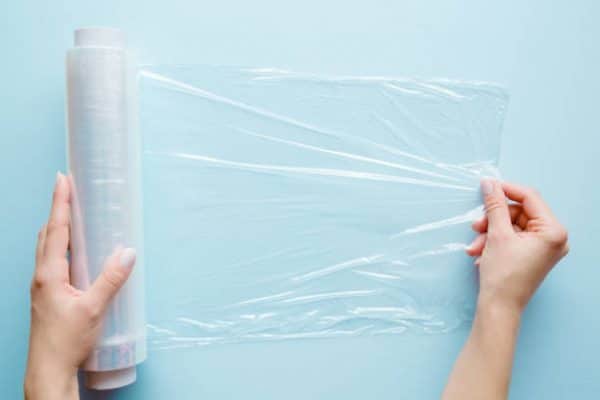Whether you are relocating or arranging your home, storing fragile items can be stressful. You may need to choose the right packing materials to ease the difficulties of the storage process. Those antiques and glassware are delicate, and you need to watch out how you keep them.
It can be disappointing when you unpack your glass plates or cups and find them broken. You may consider learning some methods of storing your breakables to avoid finding yourself in a messy situation. It is a process that goes beyond buying boxes and stacking your items therein.
5 Methods of Storing Fragile Items Safely
Fragile items are of different types. They may be utensils, photographs, childhood toys, or even electronics. How you store one type might be different from how you store the other. For instance, photos might only require you to have a good, acid-free album, while glass plates may be safe in a simple cushioned box. Below are tips that will help you store each type safely:
1. Go for the Right Packing Materials
Preferably the climate-controlled ones. To address your Storage Tingalpa needs sufficiently, you need to acquire the best packaging boxes. To be safe, you may need carton or plastic boxes, especially for the non-electrical equipment. Also, ensure your storage facility is climate-controlled to enhance consistency in humidity. Inconsistencies in temperatures can cause breakage on your fragile goods.
2. Purchase the Right Size Storage Tingalpa Boxes
You might get the best packaging materials, but your items are likely to break if you get the wrong sizes. At the same time, acquiring boxes that are too large to hold your things can also expose them to breakage. The space left will cause the items to shift and eventually break.
3. Wrap the Items Before Packing
A bubble wrap might be the ideal thing to use, although you can also use peanuts, tissue paper, or a packing paper. It depends on the items you will be wrapping. For the case of large things like televisions, you may consider using towels. Remember to position cardboard dividers and create a shock absorber using Styrofoam padding.
4. Keep Your Boxes Upright
Avoid stacking packaging boxes holding fragile items on top of each other. If you place some boxes on top of others, you might get surprised finding some of your possessions broken even if you use the best boxes.
Label your storage units. It might be helpful to label your boxes as fragile. Everyone approaching the packing bags or boxes will be cautious because it will be evident that they are handling breakables. Also, you may consider hiring Storage Tingalpa services. They will advise you to store your breakables in a designated area where there is limited access.
5. Avoid Using Plastic Packaging Materials to Wrap Electronics
It is possible to store your breakable items for a long time. However, you might need to check the condition of the room you keep them. If it’s an area that becomes too humid when it’s cold, you may have to keep checking the boxes’ condition and that of their contents. For computers and electronics, it would be prudent if you used non-plastic materials. Plastic packaging materials trap moisture, which promotes the growth of mildew.


